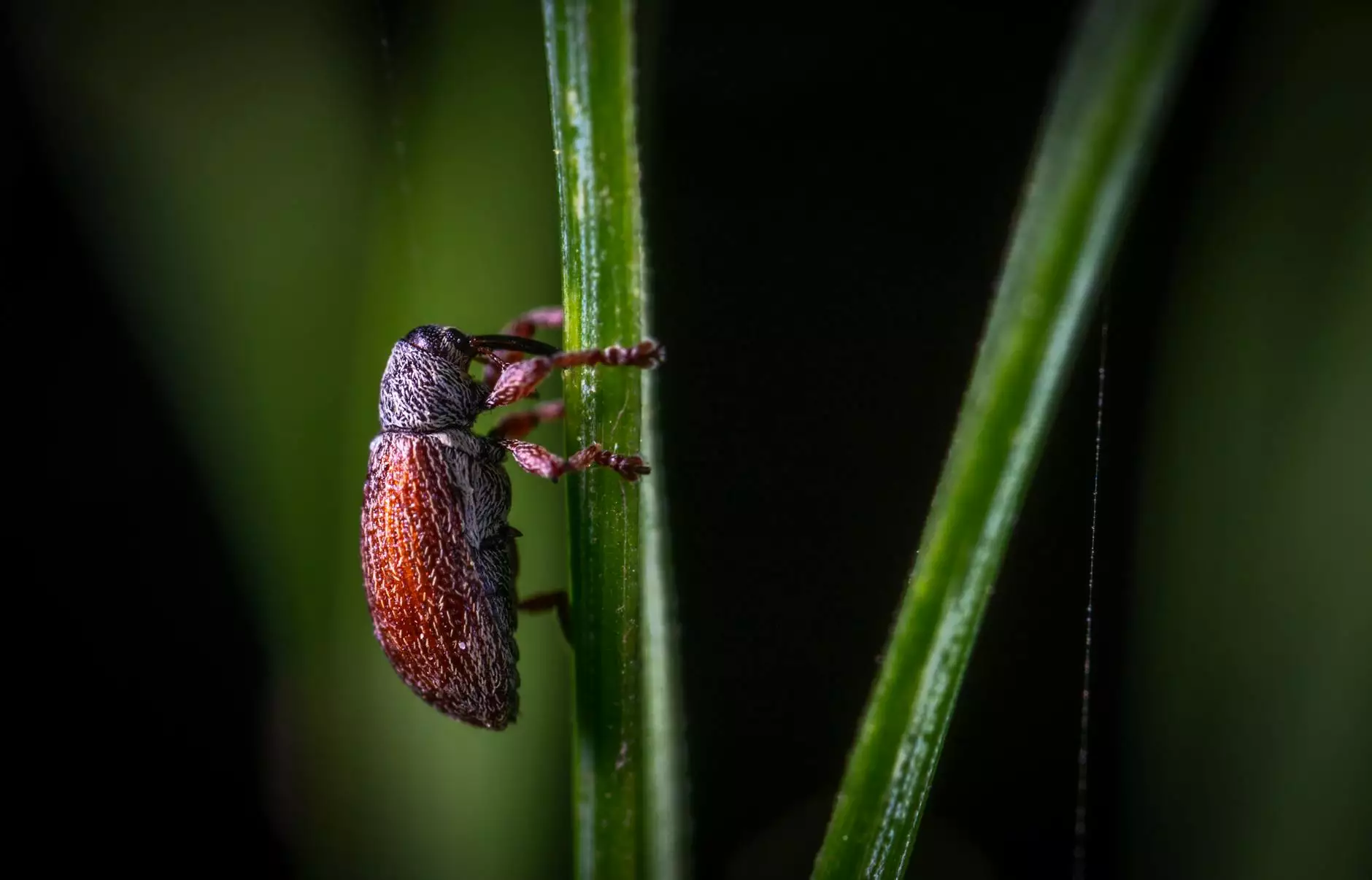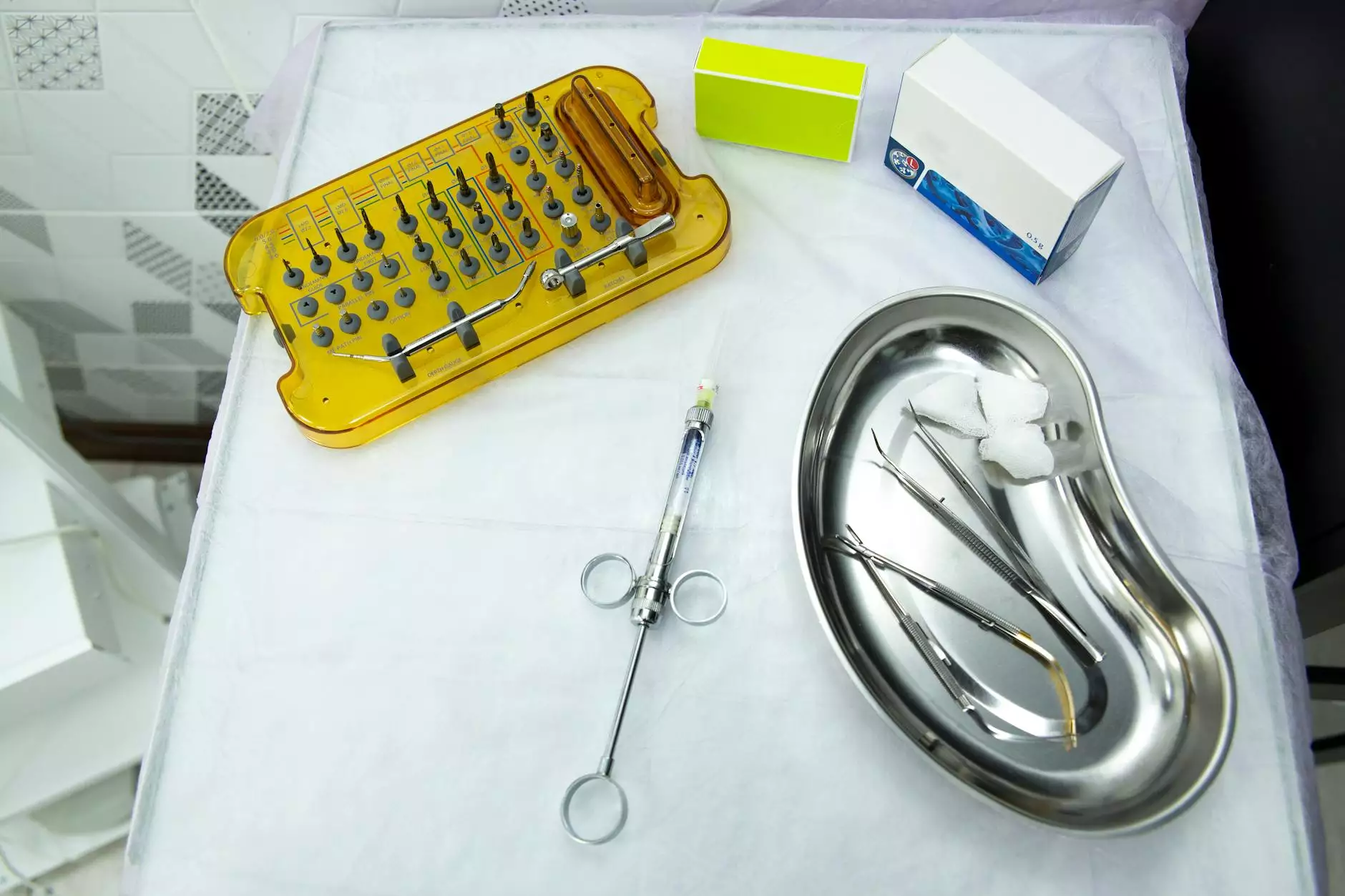Mastering the Control of Rice Weevil: Essential Strategies for Farmers

The control of rice weevil is a crucial aspect of grain storage and pest management that every farmer must understand. These small pests can wreak havoc on stored grain, leading to significant losses and economic challenges. In this comprehensive guide, we will delve into the various aspects of rice weevil control, offering you the most effective strategies to protect your precious crops.
Understanding Rice Weevils: The Enemy Within
Rice weevils, scientifically known as Sitophilus oryzae, are a type of beetle that primarily infests stored grains. They are small creatures, typically measuring about 2.5 to 3.0 mm in length, with a characteristic elongated snout that sets them apart from other pests. Here’s what every farmer needs to know:
- Life Cycle: The life cycle of a rice weevil consists of four stages: egg, larva, pupa, and adult. Understanding this cycle is crucial for effective pest management.
- Feeding Habits: Adult weevils bore holes into grains and deposit eggs inside, ensuring the larvae can feed on the grain as they develop.
- Environmental Conditions: Rice weevils thrive in warm, humid conditions, making grain storage in tropical and subtropical regions particularly vulnerable.
Identifying Infestations
A critical step in the control of rice weevil is the early detection of infestations. Farmers should be vigilant and regularly check for the following signs:
- Presence of Adult Weevils: Spotting adults during grain inspections is the most obvious sign of an infestation.
- Grain Damage: Look for holes in grains; this indicates that the weevils have infested your stock.
- Powdery Residue: A fine, powdery residue around the storage area can signal the presence of weevil larvae.
- Webbing or Silk: Observe if any webbing or silk is present, especially in bulk grains; this might indicate other pest interactions but can accompany weevils.
Prevention: The First Line of Defense
Prevention is key when it comes to the control of rice weevil. Implementing excellent storage practices can dramatically reduce the risk of infestations:
1. Proper Grain Storage
Ensure that all grains are stored in clean, airtight containers to minimize the chances of infestation. Here are some recommendations:
- Use Sealed Containers: Utilizing hermetically sealed containers can create an environment devoid of oxygen, which is lethal to weevils.
- Maintain Dry Conditions: Ensure that the moisture content of stored grains is below 14% to inhibit weevil growth.
2. Regular Inspections
Conduct routine inspections of grain storage areas to identify any potential pest problems early:
- Set Regular Schedules: Have a routine in place that includes checking for signs of weevil infestations.
- Monitor Temperatures: Use temperature and humidity monitoring systems to maintain ideal storage conditions.
Treatment: Effective Strategies for Infestations
If you find an infestation, swift action is necessary to mitigate damage. Here are some effective treatment strategies:
1. Physical Removal
In cases of light infestation, physical removal can be effective:
- Manual Sorting: Regularly sift through stored grains to remove infested grain manually.
- Vacuuming: Use vacuums in storage areas to clean up spilled grains and attract weevils.
2. Chemical Treatments
If infestations are severe, chemical treatments may be necessary:
- Pesticides: Use insecticides that are specifically designed for post-harvest grain treatment.
- Fumigation: Fumigation can be effective for large-scale infestations, where gases are used to eliminate pests from sealed storage.
3. Biological Control
Consider using biological control methods, which can offer sustainable alternatives:
- Predatory Insects: Introducing natural predators, such as certain parasitic wasps, can help keep weevil populations in check.
- Microbial Control Agents: Certain microbes can be used as biocontrol agents to target weevil larvae effectively.
Best Practices for Ongoing Rice Weevil Control
In addition to immediate control measures, you should adopt long-term strategies to maintain pest-free grain stores:
1. Crop Rotation
Incorporate crop rotation in your farming practices to disrupt the life cycle of rice weevils. By changing the types of crops grown, you can reduce the prevalence of pests.
2. Hygiene Practices
Establish rigorous hygiene protocols in storage spaces by:
- Cleaning Regularly: Schedule regular deep cleaning of grain storage areas.
- Removing Old Grain: Ensure that any old or leftover grain is disposed of properly to minimize sites for pest breeding.
3. Education and Training
Educate yourself and your employees about the importance of rice weevil control:
- Attend Workshops: Participate in workshops or training sessions focused on pest management strategies.
- Stay Informed: Keep up with the latest research and advances in pest control methods.
Leveraging Technology for Pest Control
Today, technology plays an integral role in effective pest management. Here are some innovative solutions:
1. Monitoring Systems
Consider installing advanced monitoring systems that can automatically detect changes in grain conditions. These systems can provide real-time alerts regarding moisture and temperature fluctuations, helping you stay ahead of potential weevil risks.
2. Mobile Apps for Pest Management
Numerous mobile applications are available that can assist in pest monitoring and management, helping you track pest populations and access treatment protocols instantaneously.
Conclusion
The control of rice weevil is an essential practice that can significantly affect a farmer’s productivity and profitability. By employing preventive measures, identifying infestations promptly, and utilizing effective treatment strategies, you can safeguard your grains from these pests. As outlined in this article, a proactive and informed approach to pest management will help ensure the longevity and success of your grain storage practices. Stay diligent, embrace technology, and continuously educate yourself on the best practices to maintain a healthy farming environment.
For more resources and access to expert advice on farming equipment and pest management, visit tsgcinc.com.









